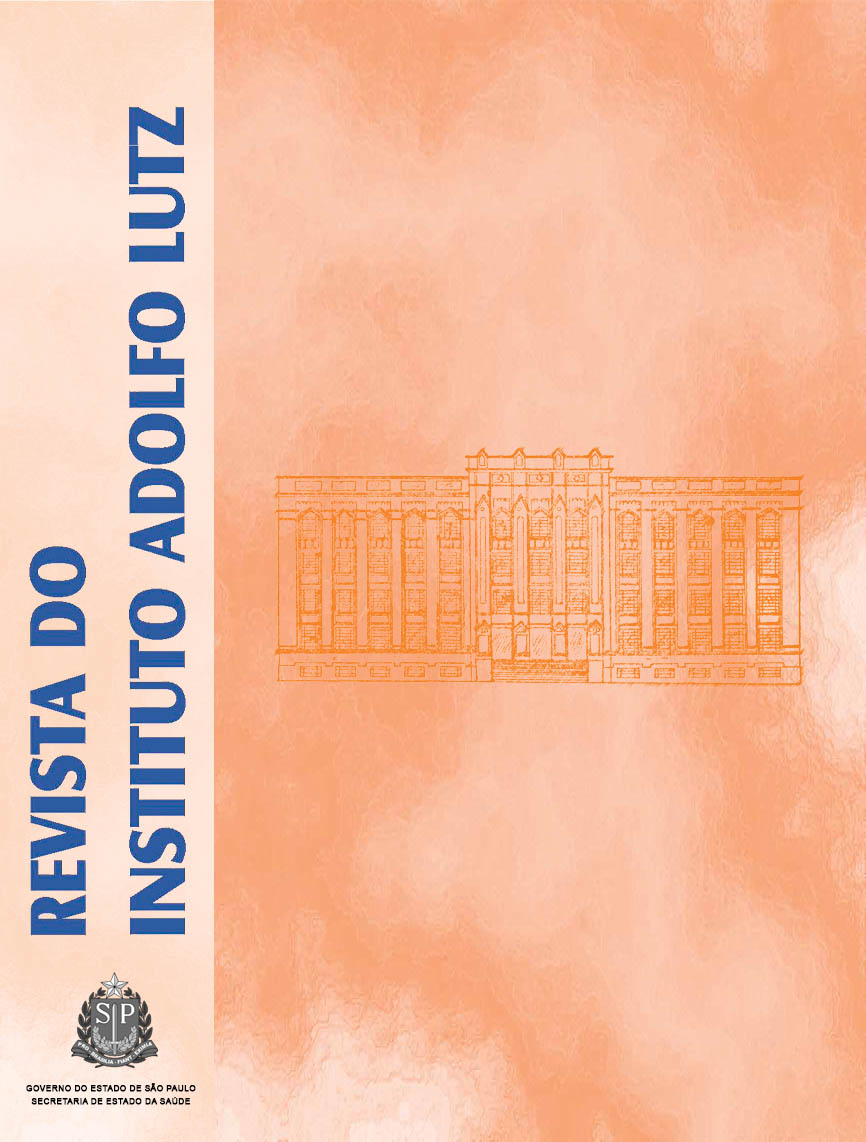Abstract
Alpha-tocopherol is the most biologically active form of vitamin E. Its main function is related to the antioxidant activity, which protects the cell membranes from damage caused by free radicals. Given to the importance of adequate intake of this vitamin and the scarcity of Brazilian data on their contents in foods, this study aimed at determining the alpha-tocopherol concentration in cashew nuts, and these findings were compared with the vitamin E nutritional requirement. In this context, four brands of roasted cashew nuts purchased in supermarkets in Natal/RN were analyzed. The alpha-tocopherol was extracted from samples by lipid extraction, and its determination was performed by HPLC. The alpha-tocopherol values in the analyzed nuts were expressed as mean and standard deviation. The average concentration of alpha-tocopherol in 100 g of roasted cashew nuts was 0.96 ± 0.12 mg. The amount of this vitamin contained in the medium portion of cashew-nuts consumed by the interviewed population was equivalent to 3.6 % of the daily nutritional requirement for vitamin E. The analyzed toasted nuts cannot be considered as good sources of alpha-tocopherol, as they did not reach the percentage of 10 to 20 % of the daily nutritional requirement.References
1. Himmelfarb J, Kane J, Mcmonagle E, Zaltas E, Bobzin S, Boddupalli S, et al. Alpha and gamma tocopherol metabolism in healthy subjects and patients with end-stage renal disease. Kidney Int.2003;64:978-91.
2. Herrera E, Barbas C. Vitamin E: action, metabolism and perspectives. J Physiol Biochem.2001;57(2):43-56.
3. Vignini A, Alidori A, Montesi L, Raffaelli F, Nanetti L, Bertoli E, et al. Vitamin E, diabetes and related diseases: an update. Mediterr J Nutr Metab.2011;4:3–9.
4. Brigelius-Flohé R, Kelly FJ, Salonen JT, Neuzil J, Zingg J, Azzi A. The European perspective on vitamin E: current knowledge and future research. Am J Clin Nutr.2002;76:703-16.
5. Cozzolino SMF. Vitamina E (alfa-tocoferol). In: Cozzolino SMF. Biodisponibilidade de Nutrientes. Barueri:Manole; 2005. p.276-92.
6. Silva MG. Vitamina E. In: Macadâmia nacional: tocoferóis e caracterização físico-química [dissertação de mestrado]. Campinas (SP): Universidade Estadual de Campinas; 2003.
7. Booth SL, Tucker KL, Mckeown NM, Davidson KW, Dallal GE, Sadowski JA. Relationships between Dietary Intakes and Fasting Plasma Concentrations of Fat-Soluble Vitamins in Humans. J Nutr.1997;127(4):587-92.
8. Pinheiro MM, Ciconelli RM, Chaves GV, Aquino L, Juzwiak CR, Genaro OS, et al. Antioxidant intake among Brazilian adults - The Brazilian Osteoporosis Study (BRAZOS): a cross-sectional study. Nutr J.2011;10:39.
9. Talegawkar SA, Johnson EJ, Carithers T, Taylor Jr. HA, Bogle ML, Tucker KL. Total a-Tocopherol Intakes Are Associated with Serum a-Tocopherol Concentrations in African American Adults. J Nutr.2007;137:2297-303.
10. Institute of Medicine (US). Dietary Reference Intakes for Vitamin C, Vitamin E, Selenium, and Carotenoids. Washington (DC): National Academy Press; 2000.
11. Frank J. Dietary Phenolic Compounds and Vitamin E Bioavailability: Model studies in rats and humans [tese de doutorado]. Sweden (Uppsala): Swedish University of Agricultural Sciences; 2004.
12. Sancho SO. Efeito do processamento sobre características de qualidade do suco de caju (Anacardium occidentale L) [dissertação de mestrado]. Fortaleza (CE): Universidade Federal do Ceará; 2006.
13. Chaves MH, Citó AMGL, Lopes JAD, Costa DA, Oliveira CAA, Costa AF, et al. Fenóis totais, atividade antioxidante e constituintes químicos de extratos de Anacardium occidentale L., Anacardiaceae. Rev Bras Farmacogn.2010;20(1):106-12.
14. Ortega RM, López-Sobaler AM, Martínez RM, Andrés P, Quintas ME. Influence of smoking on vitamin E status during the third trimester of pregnancy and on breast-milk tocopherol concentrations in Spanish women. Am J Clin Nutr.1998; 68:662-7.
15. Nierenberg DW, Nann SL. A method for determining concentrations of retinol, tocopherol, and five carotenoids in human plasma and tissue samples. Am J Clin Nutr.1992; 56:417-26.
16. Ribeiro P, Morais TB, Colugnati FAB, Sigulem DM. Tabelas de composição química de alimentos: análise comparativa com resultados laboratoriais. Rev Saúde Publ.2003; 37(2):216-25.
17. Trox J, Vadivel V, Vetter W, Stuetz W, Scherbaum V, Gola U, et al. Bioactive compounds in cashew nut (Anacardium occidentale L.) kernels: effect of different shelling methods. J Agric Food Chem.2010; 58(9):5341-6.
18. Waheed-Uz-Zaman, Akram M, Rehman R, Anwar J. Statistical Analysis and Quantification of alpha tocopherol in edible seeds and nuts of pakistan by reversed phase HPLC with UV/Visible Detector. J Chem Soc Pak.2012; 34(2):302-5.
19. Robbins KS, Shin E, Shewfelt RL, Eitenmiller RR, Pegg RB. Update on the healthful lipid constituents of commercially important tree nuts. J Agric Food Chem.2011; 59(22):12083-92.
20. National Nutrient Database for Standard Reference Release 24. Nutrient data for 12085, Nuts, cashew nuts, dry roasted, without salt added. [acesso 2012 set 10]. Disponível em: [http://ndb.nal.usda.gov/ndb/foods/show/3705].
21. Kornsteiner M, Wagner K, Elmadfa I. Tocopherols and total phenolics in 10 different nut types. Food Chem.2006;98(2):381-7.
22. Guinazi M. Tocoferóis e tocotrienóis em hortaliças, ovos e óleos vegetais utilizados em restaurantes comerciais [dissertação de mestrado]. Viçosa (MG):Universidade Federal de Viçosa; 2004.
23. Lima JR, Gonçalves LAG. Quantificação de tocoferóis em óleos de milho, soja, castanha do pará e castanha de caju por Cromatografia Líquida de Alta Eficiência em fase reversa. Alim Nutr.1997;8:65-73.
24. Rios MDG, Penteado MVC. Determinação de α-tocoferol em alho irradiado utilizando Cromatografia Líquida de Alta Eficiência (CLAE). Quim Nova.2003; 26(1): 10-2.
25. Freitas JB, Naves MMV. Composição química de nozes e sementes comestíveis e sua relação com a nutrição e saúde. Rev Nutr.2010; 23(2): 269-79.
26. Philippi ST. Alimentação Saudável e a pirâmide dos alimentos. In: Pirâmide dos Alimentos: Fundamentos básicos da Nutrição. Barueri: Manole; 2008. p.3-29.
27. Ros E. Health benefits of nut consumption. Nutrients.2010; 2(7): 652-82.
28. Martínez-Lapiscina EH, Pimenta AM, Beunza JJ, Bes-Rastrollo M, Martínez JA, Martínez-González MA. Nut consumption and incidence of hypertension: the SUN prospective cohort. Nutr Metab Cardiovasc Dis.2010; 20(5): 359-65.
29. Instituto Brasileiro de Geografia e Estatística. Pesquisa de Orçamentos Familiares - 2008-2009: análise do consumo alimentar pessoal no Brasil. Rio de Janeiro; 2011.

This work is licensed under a Creative Commons Attribution 4.0 International License.
Copyright (c) 2013 Instituto Adolfo Lutz Journal
